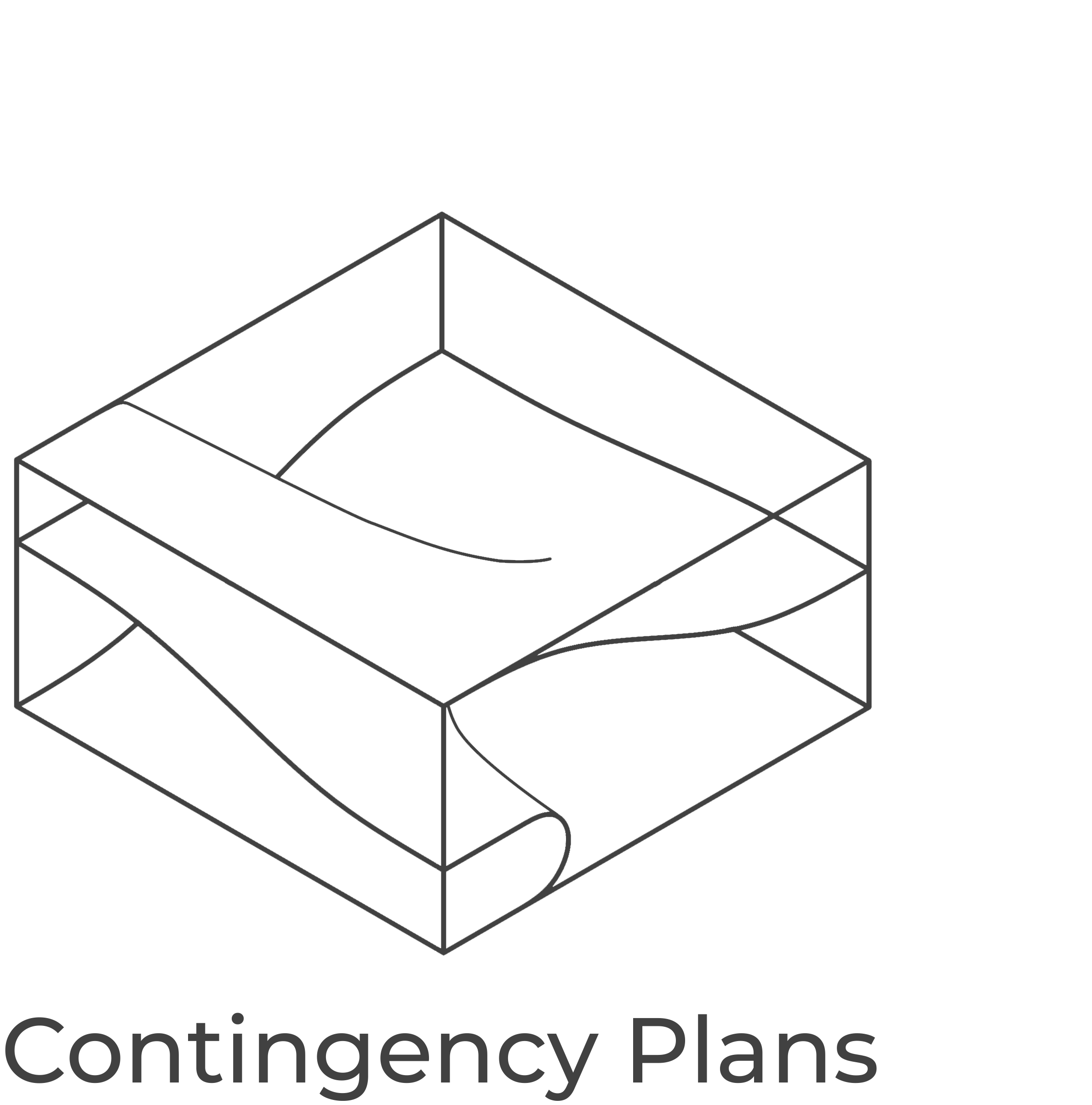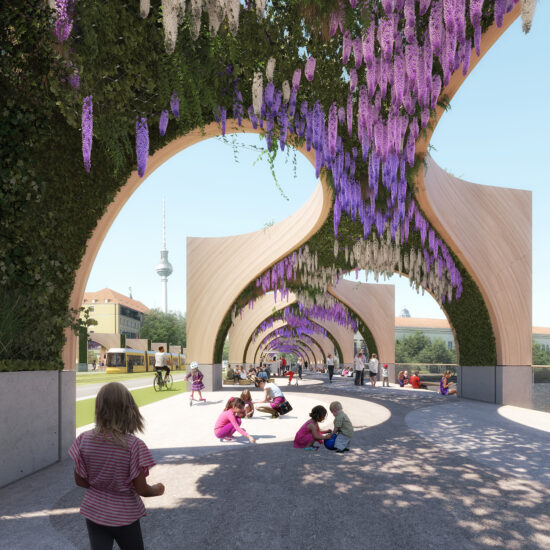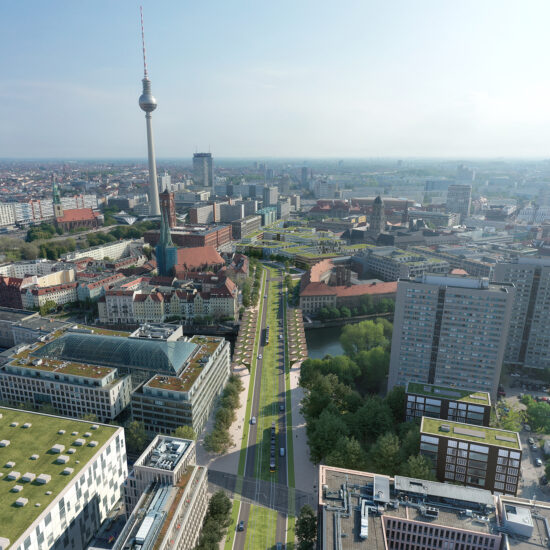The new Mühlendamm Bridge in Berlin redefines urban infrastructure as a sustainable, multi-functional “Green Bridge.” Replacing the 1968 concrete structure, the lightweight steel composite design is 75% lighter and reduces concrete use by 65%, minimizing environmental impact and costs. The redesign prioritizes pedestrians, cyclists, and biodiversity, creating a barrier-free cultural corridor linking key Berlin attractions like the Humboldt Forum and Märkisches Museum.
In Phase 1, the bridge introduces public seating, a lift, and expansive views of the Spree River, with an underpass featuring open and accessible spaces. A museum pavilion enriches the area with Berlin’s urban history displays. Phase 2 emphasizes reduced vehicle traffic, adding green spaces and parametric wooden arches inspired by historical architecture. Seasonal plants and vines enhance the visual appeal, while improved air quality and biodiversity position the bridge as a model for sustainable urban design. It transforms into a park-like promenade, serving as both a functional crossing and a vibrant public destination.





